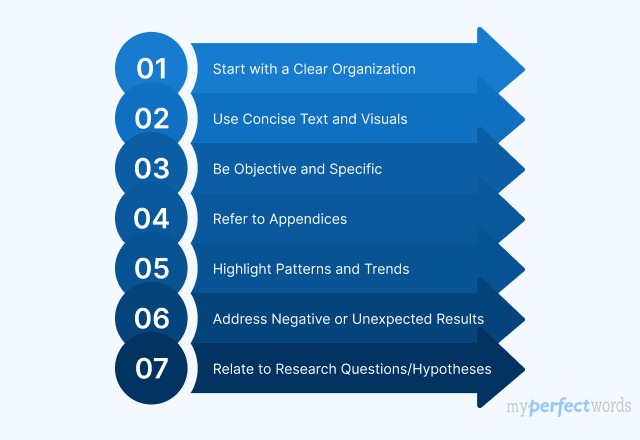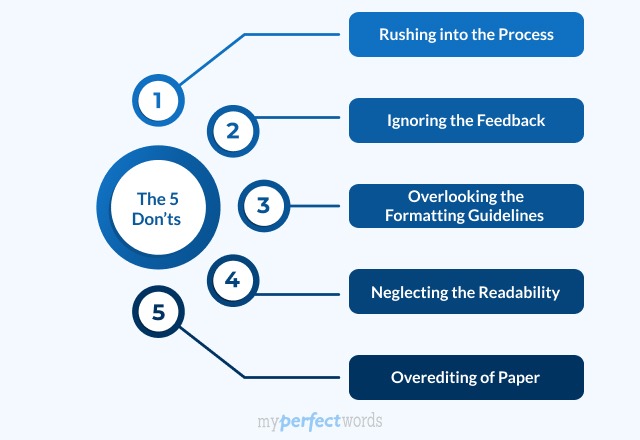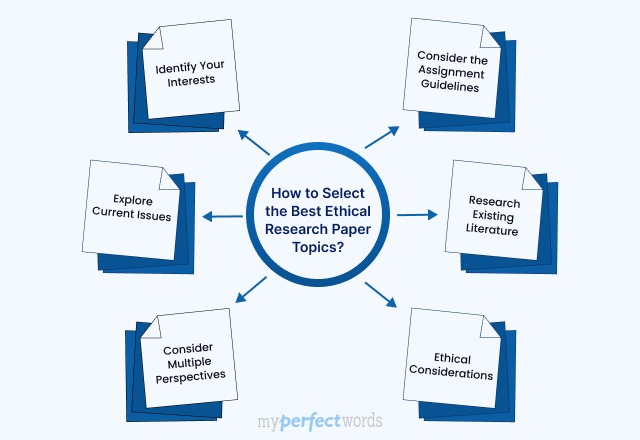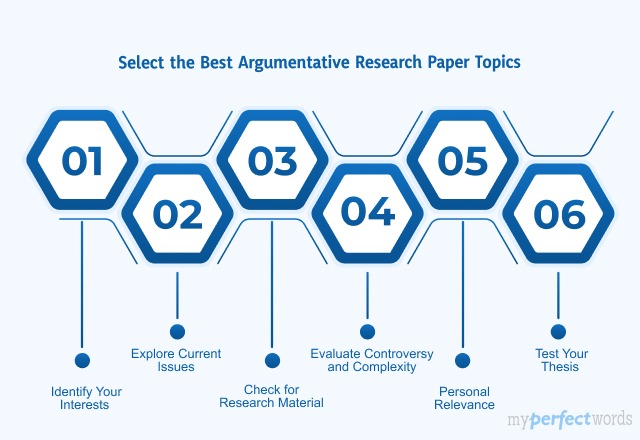What is a Literature Review?
A literature review is a comprehensive examination and analysis of existing literature and scholarly works on a specific subject or research topic.
Though not included in all types of research, it serves as a critical component in academic research.
The Significance of an Effective Literature Review
A strong review plays a crucial role in research papers, offering several key advantages:
- Serves Context and Relevance: It provides background and context for your research, showing its importance within existing knowledge.
- Addresses Research Gaps: Identifies areas where more knowledge is needed, guiding your contributions.
- Aids in Forming Research Questions: Helps shape precise and meaningful research problem, building on existing theories.
- Offers Methodological Guidance: Helps choose appropriate research methods for quality outcomes.
- Utilizes Evidence: Enhances credibility by citing expert findings and theories.
- Promotes Theory Development: Evaluates and combines existing theories, possibly leading to new ones.
- Encourages Scholarly Dialogue: Integrates your work into ongoing academic discussions, influencing future research.
In essence, a well-crafted literature review informs and elevates your research, ensuring its relevance and impact within your academic field.
Types of Literature Review
Here are the types of literature reviews.

How to Write a Literature Review?
Crafting a literature review is a strategic process encompassing various vital steps to ensure a comprehensive and coherent review.
Here is how to write a good literature review:
Step 1: Search Relevant Literature
Start by searching for scholarly sources that you will cite in your research paper that are closely related to your research topic. Utilize reputable academic databases for literature searches like Google Scholar or your university's library resources.
Using relevant keywords and phrases in your search is essential, experimenting with diverse combinations for a thorough collection of relevant sources.
To maintain track of the scholarly articles and sources, use a bibliography or reference management software like EndNote or Zotero.
Struggling with research writing? Get expert literature reviews from our essay writing help.
Step 2: Analyze and Select Sources
In the second phase of your research, it is essential to carefully evaluate and select sources that directly contribute to your research question.
Given the vast amount of literature available, it's crucial to discern which publications are most pertinent to your study.
For each source, consider the following:
What's the Author Trying to Do?
- What question is the author trying to answer?
- What's the main thing the publication is about?
Understand the Basics
- Figure out the main ideas and how they're explained.
- Check out the theories, models, and methods used in the research.
Is It Something New? Does It Fit Your Study?
- Does the research use the usual methods, or is it trying something new?
- Does it really match up with what you're trying to find out?
Results and Why They Matter
- Sum up what the study found.
- Think about why this is important for your research.
How Does It Connect with Other Stuff?
- See how this publication links up with what's already out there.
- Does it agree with what we already know, add new info, or challenge what we thought?
Give it a Once-Over
- Find out what's good and not-so-good about the research.
- Check if the authors really know their stuff.
Make sure you don't just stick to one type of source. Mix it up to get different points of view. Also, make sure the sources are trustworthy and come from respected places. Keep it simple, keep it diverse, and keep it relevant to your study.
Step 3: Identify Connections
Synthesize information from selected sources, identifying common themes, patterns, and trends.
Uncover connections and relationships among diverse research pieces to construct a cohesive narrative within your literature review.
Step 4: Create An Outline
In this crucial step, determine the organizational structure of your review, which will serve as the foundation for your written work.
The choice between a chronological, thematic, theoretical, or methodological approach depends on the nature of your topic and the goals of your review.
Chronological Approach
This approach organizes your review based on the temporal progression of events, theories, or studies. It is suitable when your topic has a clear historical development or when you want to showcase the evolution of ideas over time.
Example: If reviewing the development of technology in the last decade, you might organize your sections based on each year or significant milestones. |
Thematic Approach
This approach categorizes your review based on themes or key concepts related to your topic. It allows for a comprehensive exploration of various aspects without being bound by a strict timeline.
Example: If reviewing literature on climate change, themes could include the impact on ecosystems, societal responses, and mitigation strategies. |
Theoretical Approach
This approach focuses on organizing your review around different theoretical frameworks or perspectives relevant to your topic. It is beneficial when examining how different theories contribute to the understanding of a phenomenon.
Example: In a review of psychological studies on memory, sections could be organized around cognitive, behavioral, and neuroscientific theories. |
Methodological Approach
This approach centers on the research methods employed in various studies related to your topic. It is useful when emphasizing the methodologies used by researchers and their implications for the findings.
Example: When reviewing research on the efficacy of a medical treatment, sections might be organized based on experimental methods, observational studies, and clinical trials. |
Step 5: Begin The Writing Process
Upon gathering and organizing sources, begin the writing phase:
- Introduction: Begin by stating your research question and explaining why your review is important.
- Main Body: Share what you found from your sources. Organize them based on your chosen structure. Talk about the main points, give your thoughts, and point out any gaps in what's already known.
- Conclusion: Summarize what you discovered, highlight any important contributions, and suggest areas for future research.
Step 6: Edit and Proofread
In the final phase, conduct a thorough review, focusing on clarity and coherence. Be careful while editing the research paper to ensure logical argument flow and concise writing.
Additionally, verify the accuracy and consistency of citations and references based on the chosen citation style (e.g., APA, MLA). This comprehensive revision process guarantees a polished and well-structured literature review.
How to Write A Literature Review Example
The above guide will definitely help you understand what a literature review is and how to write one.
Now, let's explore some examples of literature reviews that can assist you in crafting your own:
Tips for Writing an Outstanding Literature Review
Writing a standout literature review is a crucial skill for any researcher. Here are some key tips to help you create an exceptional literary analysis:
- Define Your Scope
Clearly outline the boundaries of your literature review. Specify the time frame, key themes, and relevant studies to focus your research.
- Thematic Organization
Group related studies by themes rather than chronology. This helps create a coherent narrative and highlights the connections between different works.
- Critical Analysis
Don't just summarize, but critically evaluate each source. Assess the methodology, findings, and limitations of each study to showcase your analytical skills.
- Identify Gaps
Highlight areas where existing research falls short. Identifying gaps allows you to position your work as a valuable contribution to the field.
- Synthesize Information
Connect the dots between different studies. Demonstrate how each piece of research contributes to the overall understanding of your chosen topic.
- Engage in Dialogue
Frame your literature review as a conversation with other scholars. Reference and respond to existing research, showcasing your awareness of ongoing academic discussions.
- Clarity and Conciseness
Write with clarity and conciseness. Ensure that your ideas flow logically, and use clear language to communicate complex concepts.
- Cite Appropriately
Follow proper citation styles. Accurate referencing enhances the credibility of your literature review and gives due credit to the original authors.
Now equipped with the essential steps to start your literature review, you're set on the right path.
Yet, if you find yourself facing challenges or needing additional support, our paper wriitng service is here for you. Our team is ready to provide expert guidance, ensuring you craft a strong and effective literature review.
So, whatever part of the research paper you need help with, we will deliver! Just request ‘write my research paper for me’ and let us take care of the rest.



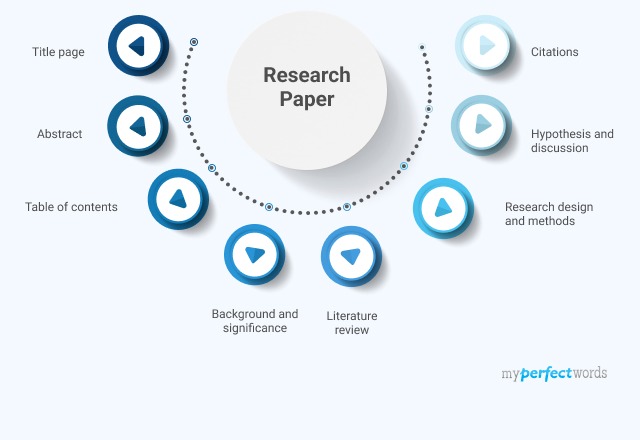

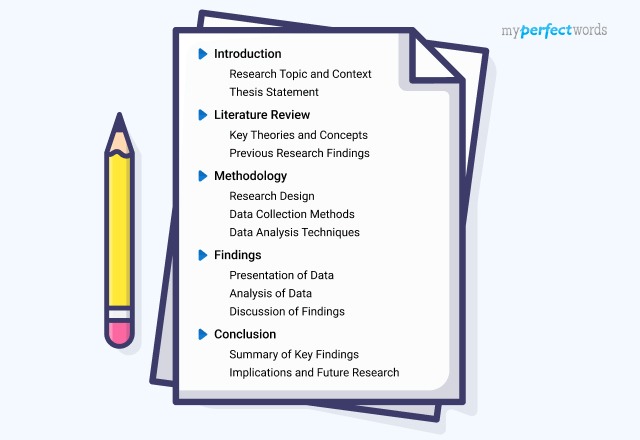
-9352.jpg)

-9374.jpg)

















